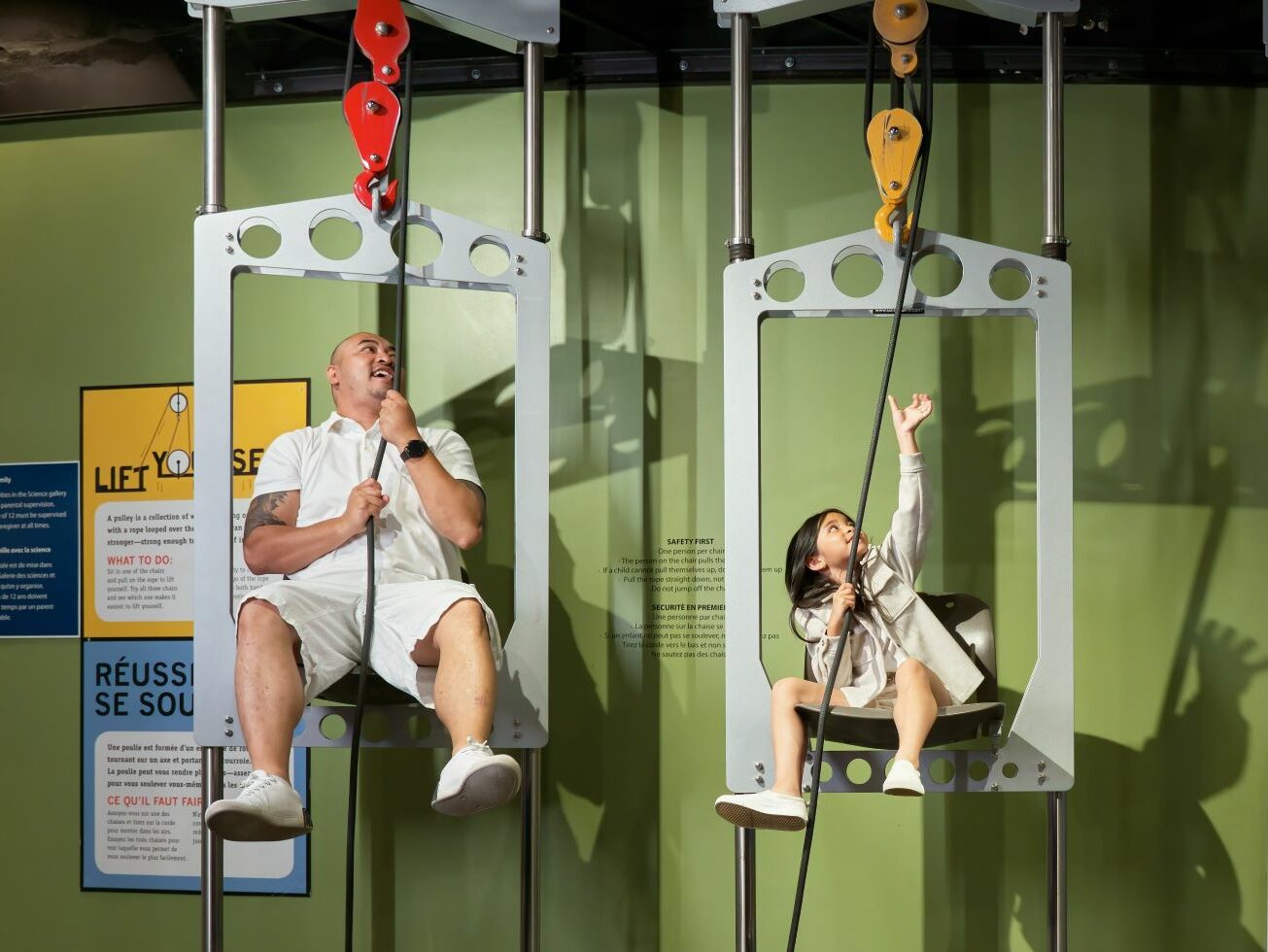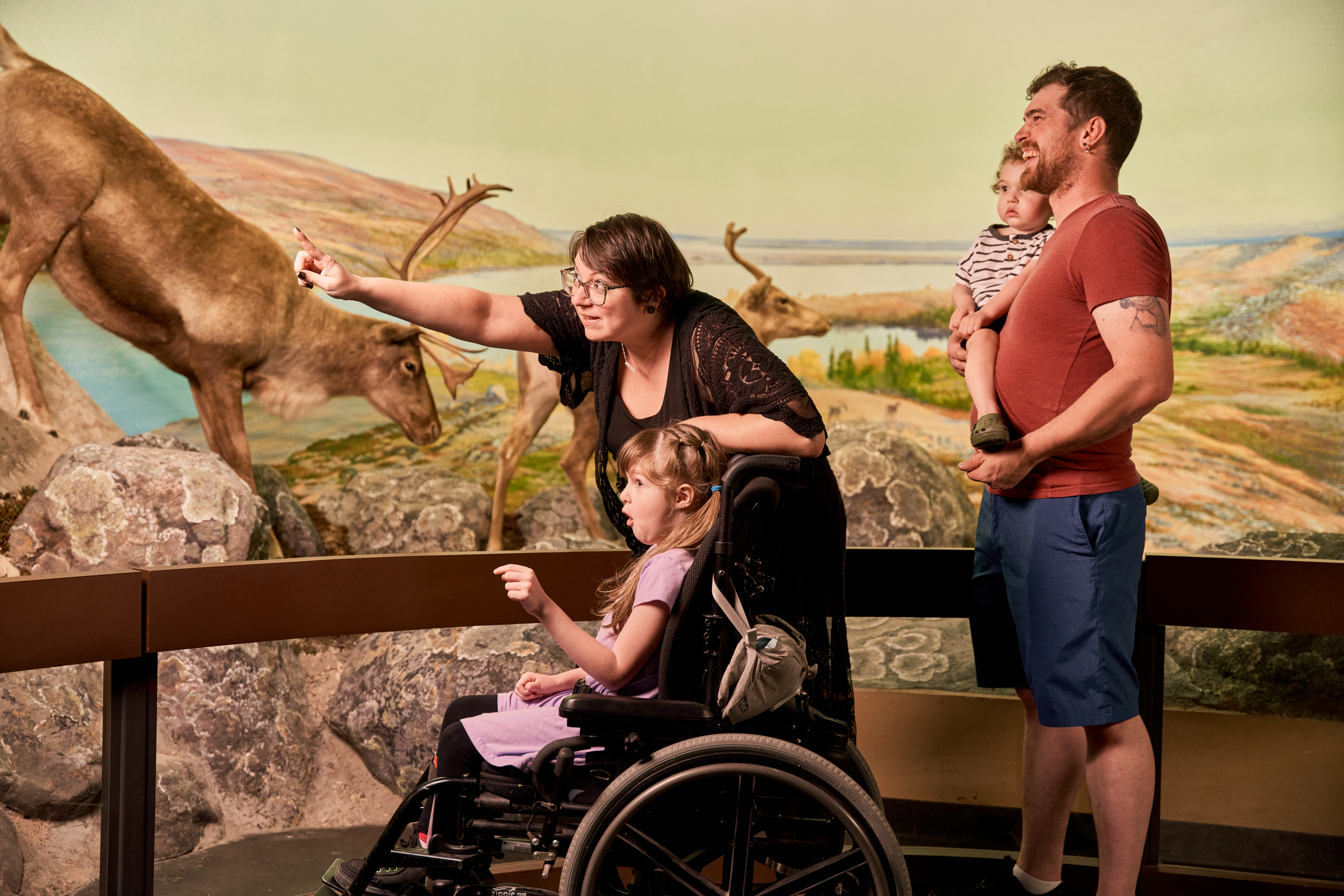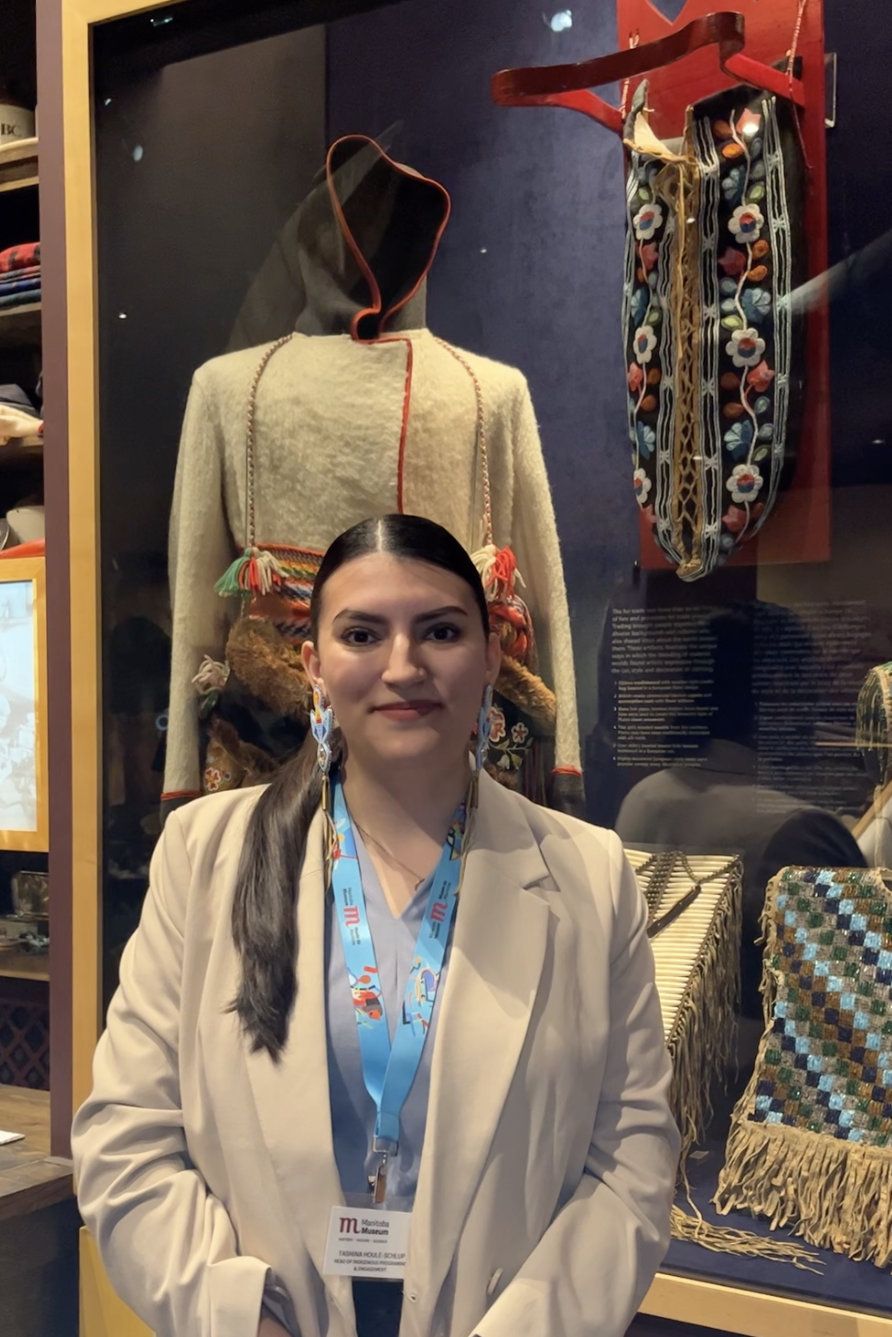Posted on: Friday January 5, 2024

By Mika Pineda, Learning and Engagement producer for Youth Climate Action at the Manitoba Museum
Working with youth always fascinates me. Their enthusiasm, creativity, and eagerness to learn are contagious; even tackling a complicated topic such as climate change is something that they are ready to take on.
Climate change is a global concern. It is the long-term change in the Earth’s overall temperature, with massive and mostly permanent effects. You see, climate change solutions are not simple for many, but for youth, you would be surprised with what they can come up with given the opportunity.
Young people play an important role in combating the climate crisis. They hold power in making a difference in the community and accelerate climate action. With youth’s increasing awareness and knowledge about climate change, many institutions are stepping up to provide a platform for them to pursue their climate change advocacies.
Participants host events to raise awareness and start important climate conversations. ©Manitoba Museum
The Manitoba Museum launched its first-ever Youth Climate Alliance program in March 2023. The Youth Climate Alliance is a group of high school students, age 14-18, who work together to better understand climate change and its impacts. Through a series of workshops and training, the Youth Climate Alliance host events “by and for” youth.
Since then, the program has had two cohorts with each cohort tackling various issues surrounding climate change – from global and local impacts of climate change to clothing and fast fashion. The participants of the Youth Climate Alliance organize and develop an event that aims to raise awareness and start important climate conversations with their fellow youth and even adults.
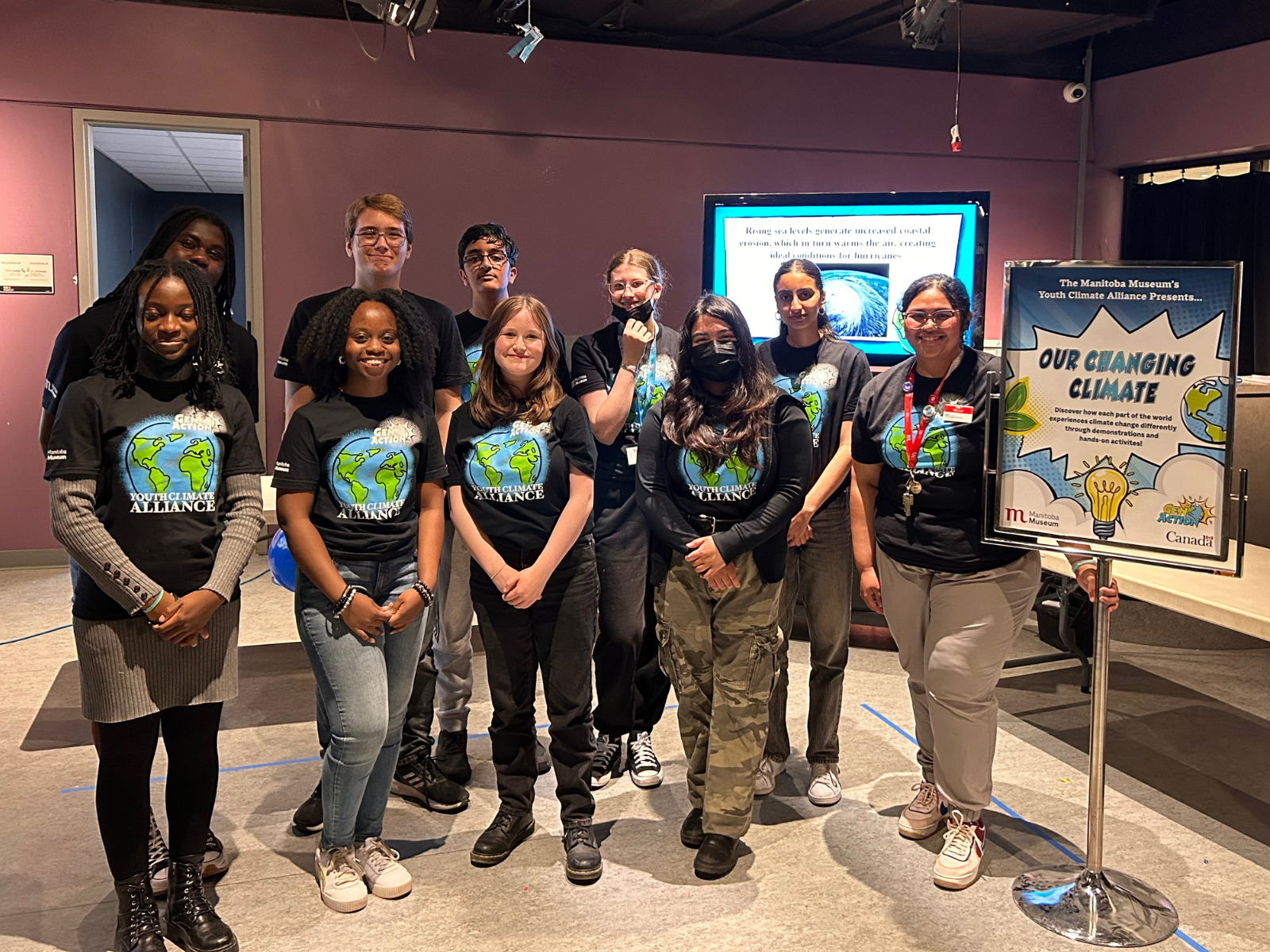
The Climate Alliance works together to better understand climate change and its impacts. ©Manitoba Museum
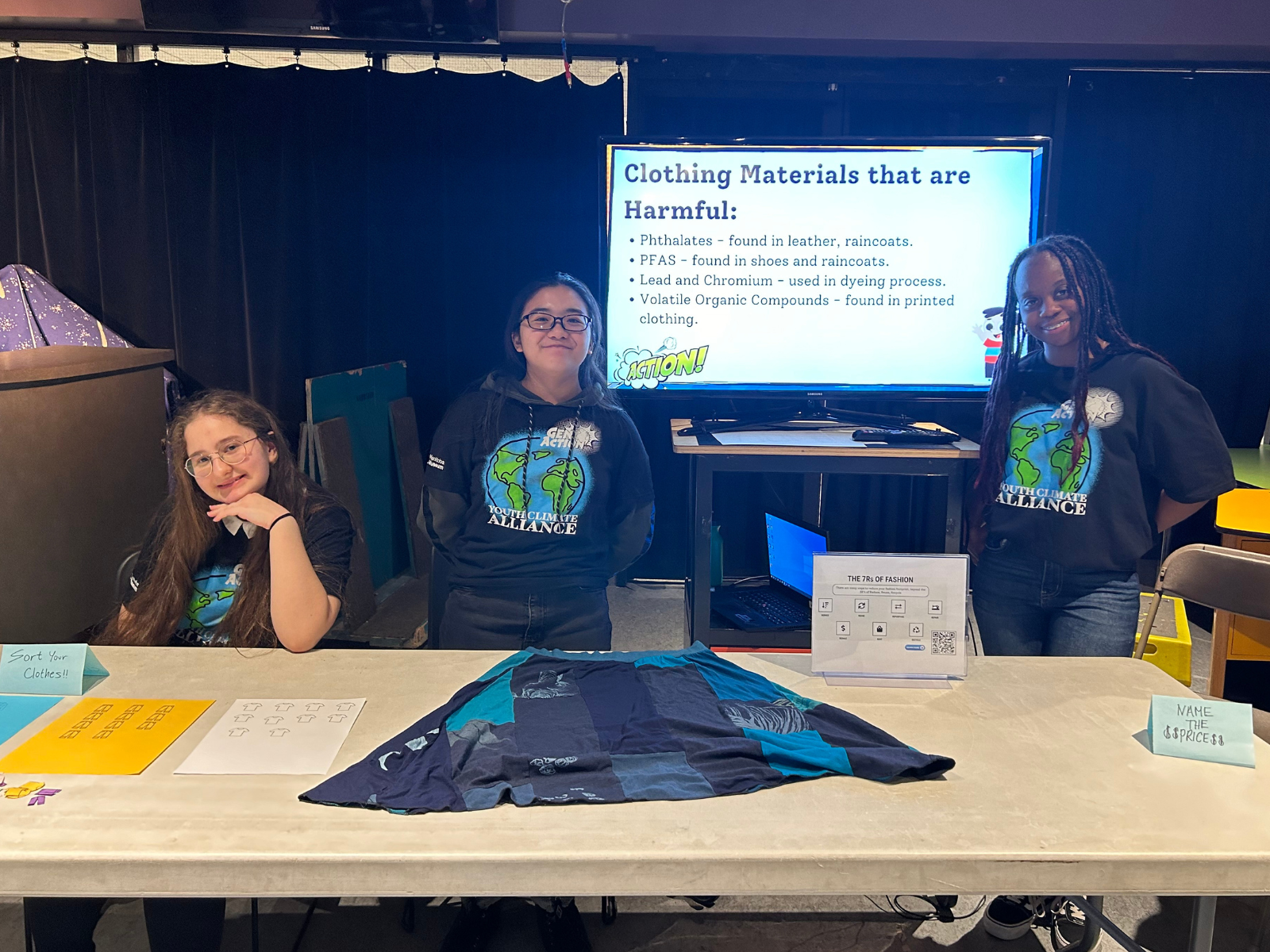
Do you know what your clothes are really made of? The Climate Alliance does! ©Manitoba Museum
While climate change is a big and complicated issue that the world is facing right now, programs such as the Youth Climate Alliance help provide a glimmer of hope to many, and with the start of the new year, the next cohort of the program is also around the corner!
Join the Alliance! The next cohort of the Youth Climate Alliance is now accepting applications.

The first cohort of the Alliance tackled the topic of global and local impacts of climate change. ©Manitoba Museum

The second Climate Alliance cohort explored the issue of “fast fashion” and the industry’s impact on climate. ©Manitoba Museum





